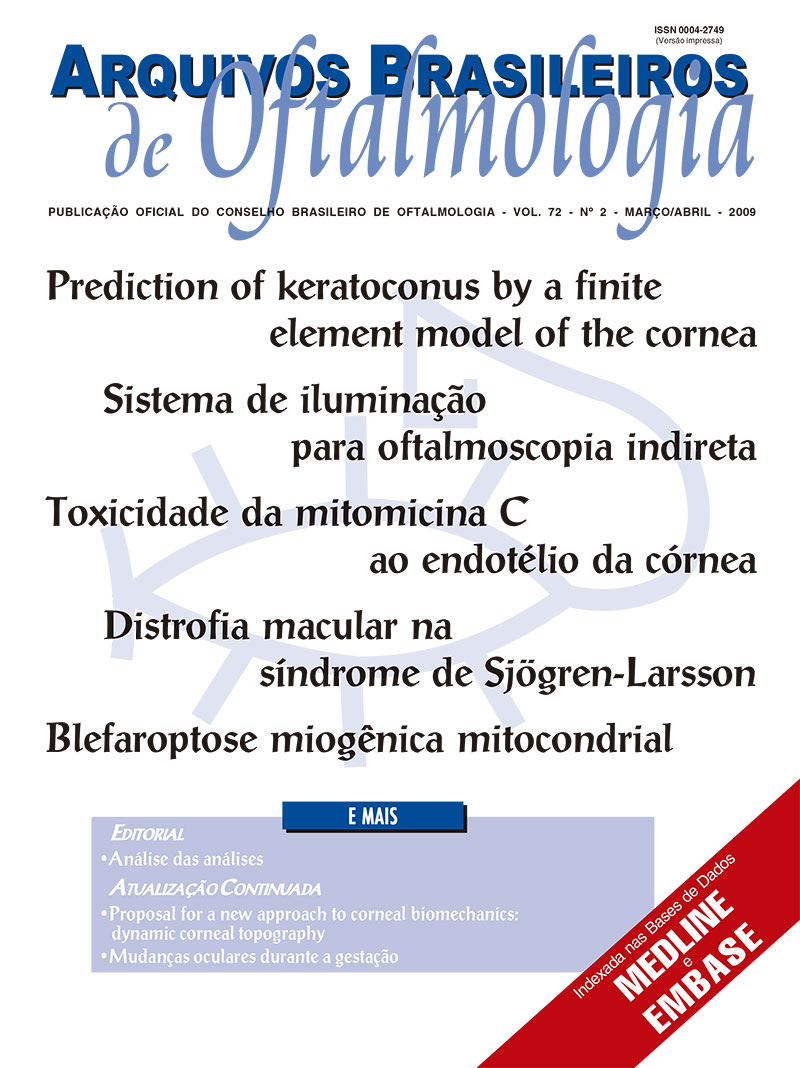PURPOSE: To evaluate aspects of patients submitted to drainage implant procedures before and after surgery. METHODS: A retrospective study was done, with patients submitted to drainage implant procedures in the Glaucoma Sector of the Hospital Oftalmológico de Sorocaba, from January, 2004 to December, 2006. The following characteristics were evaluated: gender, age, treated eye, glaucoma type, number of previous ophthalmologic surgeries, previous intraocular pressure and check-ups. The visual acuity was observed before and after the implant, the number of glaucoma medications given after the implant, the main complications and the necessity of a second intervention. RESULTS: Among the 92 patients, 65.3% (n=60) were male and 34.7% (n=32) were female. The main types of glaucoma were 38.9% (n=37) due to cornea transplant and 25.3% (n=24) to neovascular glaucoma. The intraocular pressure average before implant was 32 (±11.29) mmHg and after implant it was 18 (±8.11) mmHg in 100% (n=95) eyes, 15 (± 10.89) mmHg in 100% (n= 95), 16 (±11.64) mmHg in 55.7% (n=54) and 20 (±10.31) mmHg in 21.6% (n=21) for the period of 2 months, 6 months, 1 and 2 years, respectively. The most frequent complications were implant migration (8.5%) and shallow anterior chamber (5.4%). CONCLUSION: A satisfactory evolution in the patients after implants, taking into consideration several causes of glaucoma. A significant reduction of intraocular pressure was found in the period of 2 months, at 1 and 2 years (p< 0.05). The complications occurred and progressed independent of the type of glaucoma, number of previous surgeries, age or gender.
Keywords: Glaucoma; Glaucoma drainage implants; Intraocular pressure; Intraoperative complications; Visual acuity
